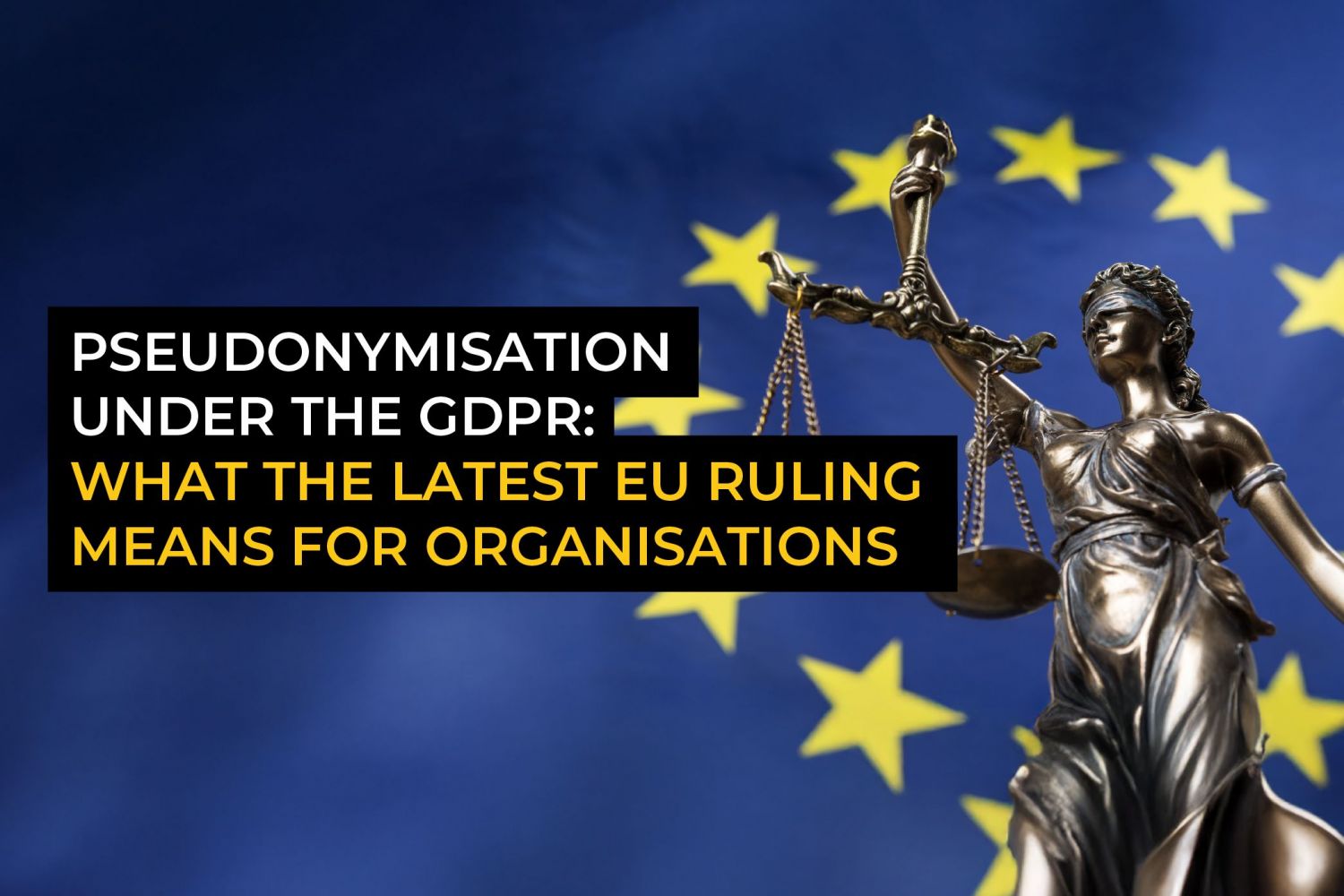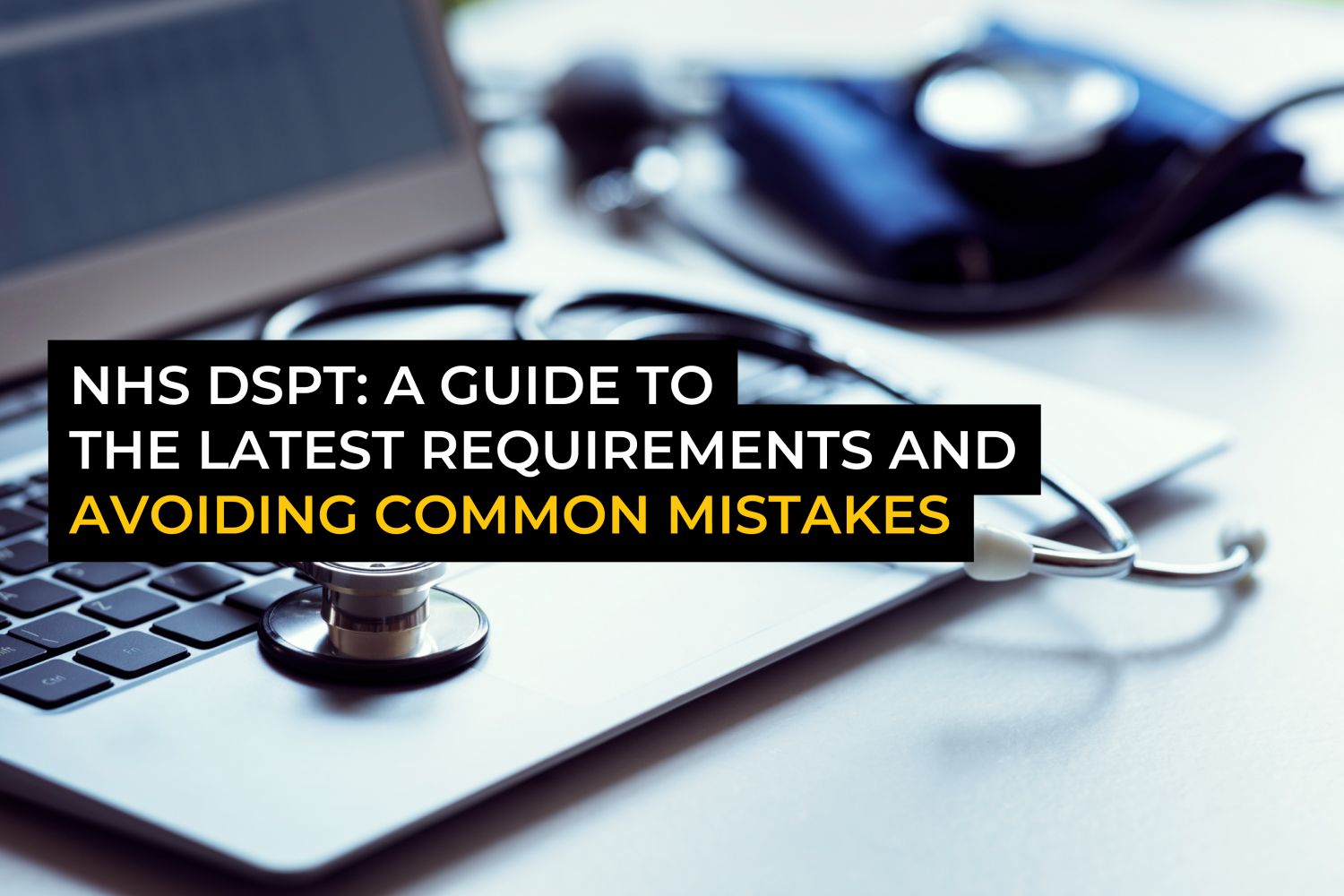Frequently asked questions
When is pseudonymised data considered personal data under the GDPR?
Pseudonymised data is classed as personal data when the individual can still be identified, directly or indirectly, using information reasonably available to the data holder. If the recipient cannot reasonably re-identify individuals, the data may fall outside the GDPR’s scope.
How does the CJEU ruling in EDPS vs SRB affect UK organisations?
The decision applies under the EU General Data Protection Regulation. The UK’s Information Commissioner’s OfficeThe United Kingdom’s independent ‘supervisory authority’ for ensuring compliance with the UK GDPR, Data Protection Act 2018, the Privacy and Electronic Communications Regulations etc. (ICOThe Information Commissioner's Office (ICO) is the United Kingdom’s independent supervisory authority for upholding information rights in the public interest, ensuring compliance with the UK GDPR, the Data Protection Act 2018, and the Privacy and Electronic Communications Regulations (PECR).) continues to take a stricter approach, so UK organisations should assume pseudonymised data remains within scope unless and until UK guidance changes.
Does the CJEU ruling in EDPS vs SRB apply to data processorsThird parties processing personal data on behalf of a data controller. as well as controllers?
The case concerned a controller-to-controller transfer, and the Court did not expressly address processors. Further clarification from the European Data Protection Board (EDPB) and national regulators is expected.
What is the difference between pseudonymisation and anonymisation under the GDPR?
Pseudonymisation replaces identifying details with codes or other references so that individuals cannot be identified without additional information. Anonymisation removes all links to an individual entirely, making re-identification impossible and placing data fully outside the GDPR’s scope. This case argues that, without the additional information, pseudonymised data is anonymisedAnonymised refers to data that has undergone a process of transformation to remove or alter personal data in such a way that individuals can no longer be identified from it, and it is impossible for that process to be reversed and the data to be re-identified. Anonymised data is considered non-personal and falls outside the scope of the GDPR. for the purposes of the recipient’s processing.
How does the CJEU ruling affect coded clinical trial data?
Coded clinical trial data has traditionally been treated as pseudonymised and therefore within GDPR scope. The CJEU’s reasoning suggests that, in some cases, such data could fall outside the GDPR where the recipient cannot reasonably re-identify participants. However, sponsors and CROs should continue to apply the GDPR until further guidance is issued.
What are the implications of the EDPS v SRB judgment for Life Sciences?
The ruling may influence how coded or pseudonymised research data is classified, particularly in multi-party trials or collaborations. It could ease secondary use of health data across the EU, aligning with the aims of the European Health Data Space (EHDS). However, regulators are likely to approach such interpretations cautiously.





